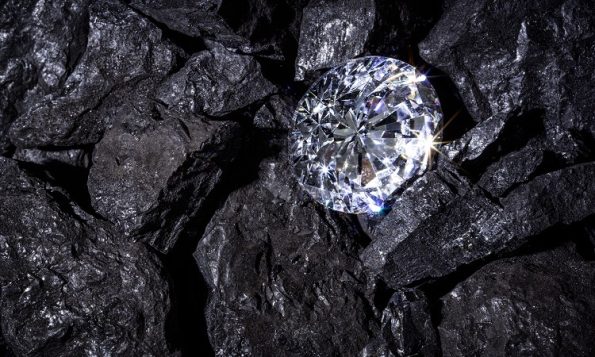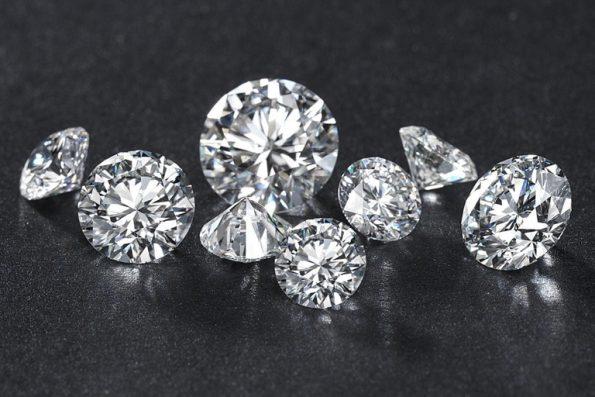Diamonds and peridot are two gemstones that can compete for the title of gemstones formed deepest below the Earth's surface.

According to Lee Groat, a mineralogist at the University of British Columbia, the deepest-formed gemstone known to researchers is diamond, highly valued for its beauty, industrial applications, and scientific data. Contains. However, scientists still do not completely understand how diamonds form. Laboratory test results show that diamonds only crystallize under extremely high pressure. Most natural diamonds are located in the upper mantle, at a depth of 150 - 300 km, where the pressure can reach more than 20,000 atmospheres.
For a long time, diamonds competed with peridot for the title of the deepest-forming gem. Peridot is a gemstone form of the mineral olivine that makes up more than half of the upper mantle, reaching from the base of the crust to a depth of 410 km. But in 2016, scientists described an ultra-deep collection of diamonds located 660 km underground, and another batch of diamonds in 2021 was determined to come from a depth of 750 km. "It is very difficult to determine whether diamond or peridot is the deepest gemstone," Live Science quoted Groat on October 22. Live Science hôm 22/10 dẫn lời Groat.

To make these estimates, scientists study diamond crystal shape as well as impurities, bits of minerals, or liquids that were embedded in the stone as it formed. The presence of bridgmanite and iron-nickel-carbon-sulfur minerals reveals to researchers that ultra-deep diamonds are likely to be born in the lower mantle, which is made up of about 75% bridgmanite, and that they grow from metals. Liquid surrounded by methane. At this depth, the pressure can exceed 235,000 atmospheres.
Diamonds are also believed to be extremely ancient. Some estimates indicate that today's terrestrial diamonds formed 3.5 billion years ago. Their long lifespan comes from the strength of their chemical bond. Diamonds are made of carbon and, because they are formed under high pressure, require great force to break their bonds. Heating a diamond to over 900 degrees Celsius will cause it to transform into graphite.
Gemologists do not need to dig deep into the ground to study diamonds because the deepest level humans have ever drilled is the Kola super deep borehole in Russia (12.6 km). Instead, diamonds are brought to the surface by a unique type of magma called kimberlite. Kimberlite magma is often volatile, erupting at a speed of 30 m/s and pulling diamonds from the surrounding rock. In this way, gems formed billions of years ago will spray onto the ground in a few months, even a few hours.
In addition to their aesthetic value and natural hardness that can be used as knife blades, drill bits, and polishing powder, diamonds contain invaluable scientific information, according to Ananya Mallik, an experimental petrologist at the University of Arizona. In many cases, diamonds are the only source that helps researchers understand the structure of the Earth's interior and the processes that take place there.
According to Live Science




